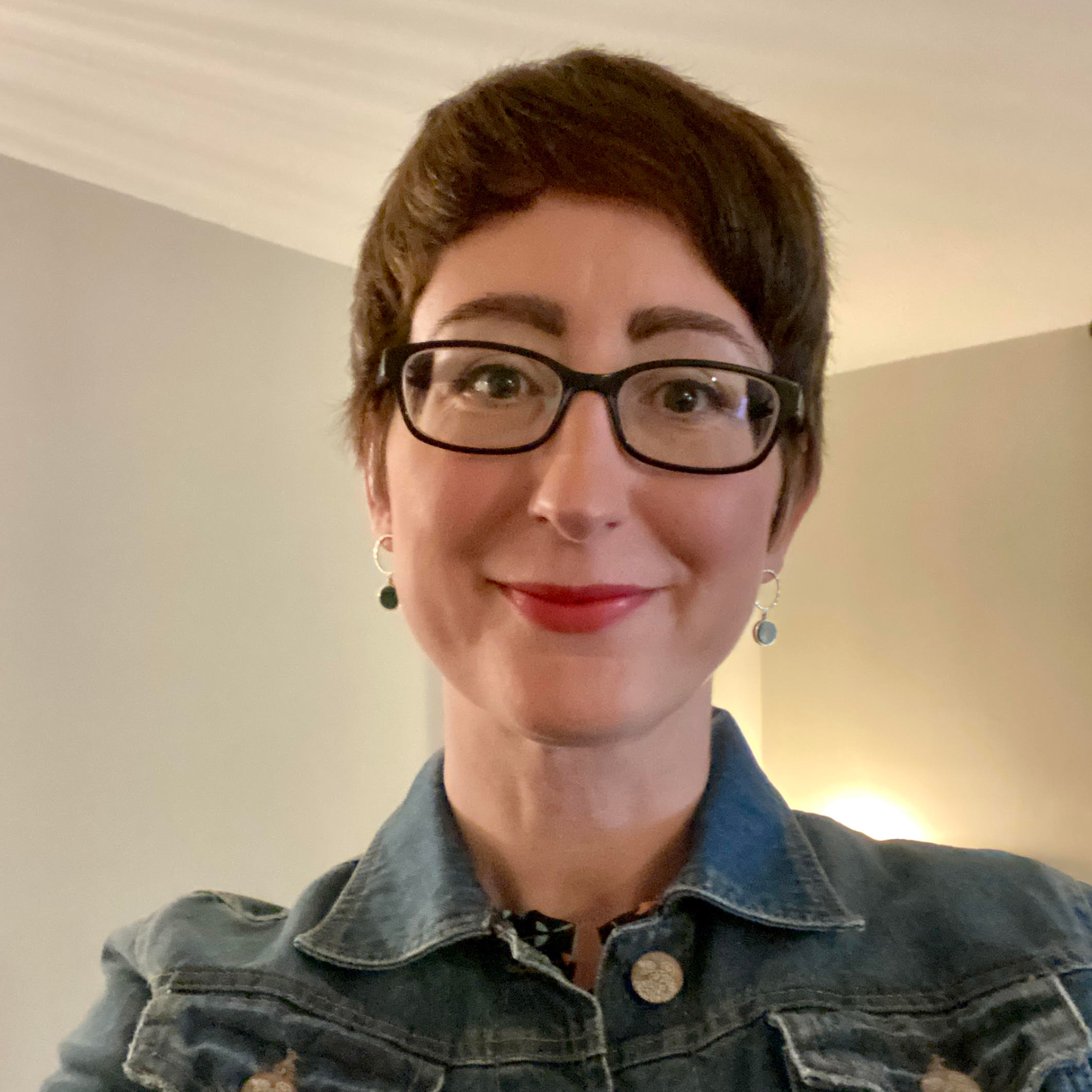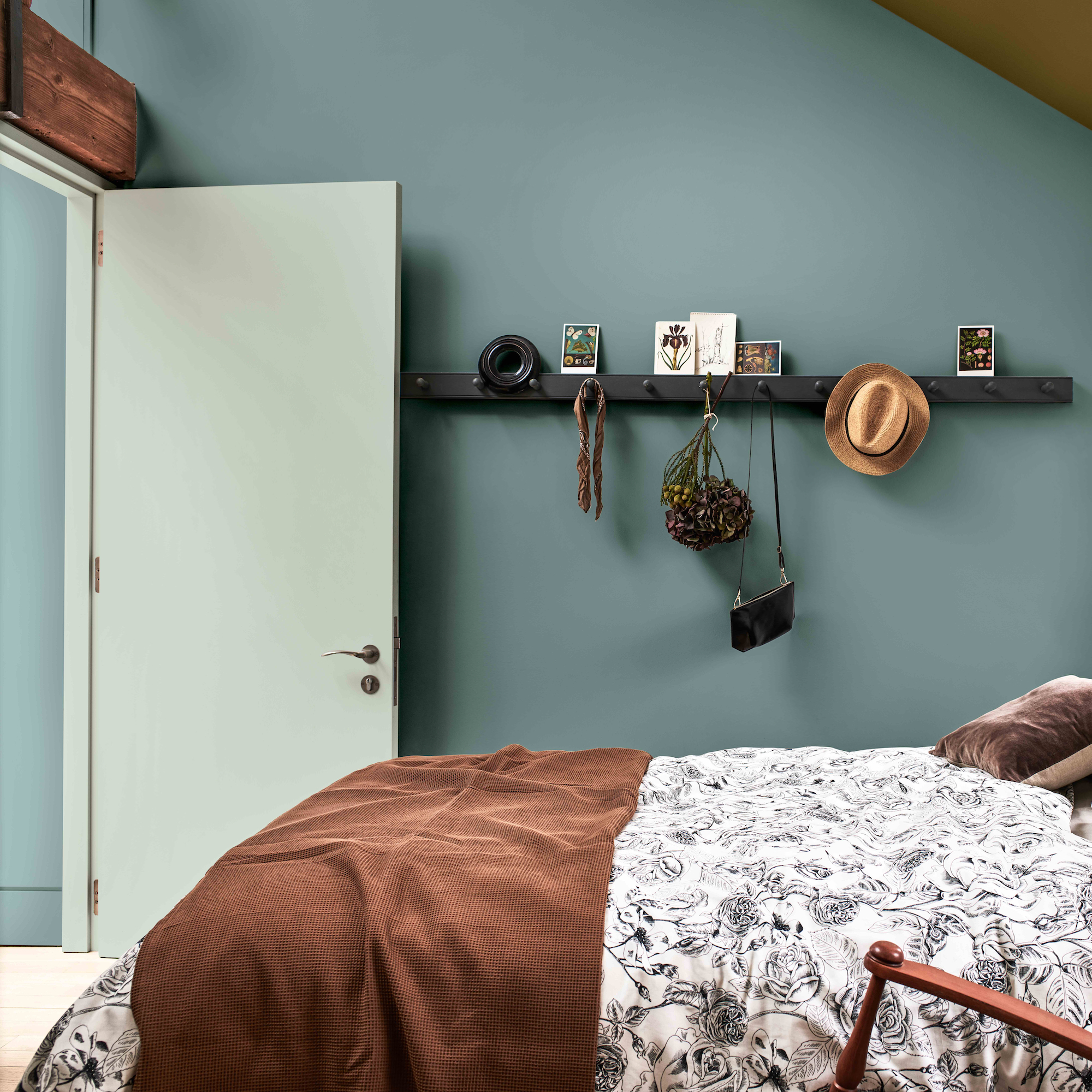How to fix a hole in a door – a step-by-step guide to restoring damaged doors
Discover how to fix a hole in a door like a pro, whether it’s solid or hollow


Internal doors blighted by holes are a familiar sight in any busy family home. This is especially true when children are young and perhaps not as spatially aware/careful as they could be, or a major renovation is in full swing.
If you’re wondering how to fix a hole in a door, and swerve the expense of professional fees, rest assured this is definitely a DIY-friendly project. And should your door turn out to be beyond repair, there’s still no need to despair. Learning how to hang a door is just as easy, so you can replace it instead if necessary.
However, before you find out how to fix a hole in a door, it is important to establish whether the door in question is hollow or solid, as the repair method is slightly different for each.
‘Hollow doors tend to be much lighter and can be swung quite easily. Solid doors are much heavier and will have a heavier swing,' explains Thomas Goodman, building and construction expert at MyJobQuote. 'If you can lift the door quite easily on your own, it is likely a hollow door.’

How to fix a hole in a door
The steps involved when repairing hollow core doors and solid wood doors are pretty similar, except that you use foam insulation to fill the hole in a hollow core door and wood filler with hardener to fill a hole in a solid door.
Our step-by-step guide covers the process of how to fix a hole in a door made from hollow core, followed by advice on how to adapt the process for solid timber doors.
Shopping list:
- Utility knife(with extending blade)
- Paper towel or other packing material
- Low expansion foam
- Joint compound (a.k.a spackle)
- Putty knife
- 120-grit sandpaper
- Cork sanding block
- Primer
- Paint
- Paintbrush

1. Prep the site
Start by laying dust sheets under the door and around your working area to protect the flooring – expanding foam is especially hard to remove from carpet! Then tidy up the area around the hole using a sharp utility knife to neaten any ragged edges.
‘The idea is to get the hole as smooth and flat as possible, so work slowly and carefully, moving the knife away from you to prevent accidents,’ advises cabinetmaker Nick Clayton, of Clayton Cabinets. ‘Don’t worry if the hole gets bigger, it can make the next steps easier.’
The majority of holes will be on one side of the door only, but if the hole goes right through, place a thin piece of wood across one side of the hole and secure it using G-clamps (you may need to remove the door first).
2. Pack out the hole
Before you can add the expanding foam, you need to create a barrier inside the hollow void to hold the foam in position while it dries. Scrunched-up kitchen towel, pieces of cardboard or old fabric knotted together all work well.
Work it into the gap all around the hole, pushing until you have created a reasonably stable ‘wall’ inside the hollow core. Don’t pack it out with force, otherwise, you may end up with a bulge in the door.
3. Fill with foam
Attach the nozzle supplied with the low expansion foam into the spray head, shake the can and then squirt the foam into the hole. Use low expansion foam rather than high expansion foam, as it’s denser and a much easier to control. Low expansion foam expands to around 20-30 times its liquid size, and high expansion foam expands to 200-300 times!
Squirt the foam in slowly, allowing time for it to expand, and stop spraying when the foam protrudes from the hole. Leave to dry – specific drying times will be stated on the can. Don’t be tempted to rush the process, it should take at least 24 hours to fully cure.
4. Trim the excess foam
Take the utility knife and carefully cut away any foam bulging from the door. Once you have removed the bulk of the protruding foam, start to gently scrape the foam back in thin layers until it’s slightly concave inside the hole. Take care not to scrape the door around the hole with your knife.
5. Fill with joint compound
A final layer of drywall joint compound will provide a stable surface over the foam. Mix according to the manufacturer’s directions and use a putty knife to smooth the compound over the foam. Aim to slightly overfill as you will be sanding it back, once completely dry.
6. Sand and finish
Using 120-grit sandpaper and a cork sanding block, gently sand the drywall joint compound back until it is completely flush with the door. Finally prime and paint the door. If you can’t get an exact colour match, you may find it simpler to just repaint the whole door.

How do you repair a hole in a wooden door?
‘Use the same method as above. However, instead of using foam insulation, use epoxy wood filler with hardener,’ says Thomas Goodman, building and construction expert at MyJobQuote.
Trowel the wood filler into the hole and create a smooth surface. Leave the wood filler patch with a concave surface and allow it to dry. Then resume from step 5 above (except you’ll be applying drywall joint compound over wood filler, not foam).
How do you fix a large hole in wood?
If the hole in your wood door is big, Jimmy Englezos, wood expert at Ronseal recommends Ronseal’s Big Hole Smooth Finish Filler. ‘For larger holes, 50mm and up, we recommend filling the hole in layers, waiting for the previous one to dry before applying the next,’ says Jimmy.
‘Smooth down the final layer with a wet knife for a smooth, seamless finish and add a coat of paint to make your door as good as new. If it’s a large hole you might consider taking the door off its hinges before fixing it.’
How much does it cost to fix a hole in a door?
‘The cost to fix a hole in a door will depend on the size of the hole, the type of door and whether you complete the door repair yourself or hire someone to repair it for you. On average, you can expect to pay around £50 - £200 for a professional door repair and around £10 - £30 if you complete the work yourself,’ advises Thomas Goodman, building and construction expert at MyJobQuote.
There are definitely clear benefits to fixing a hole in a door yourself, but it is up to you to decide which option you feel most comfortable with.
Get the Ideal Home Newsletter
Sign up to our newsletter for style and decor inspiration, house makeovers, project advice and more.

Linda Clayton is a professionally trained journalist, and has specialised in product design, interiors and fitness for more than two decades. Linda has written for a wide range of publications, from the Daily Telegraph and Guardian to Homes & Gardens and Livingetc. She has been freelancing for Ideal Home Magazine since 2008, covering design trends, home makeovers, product reviews and much more.
-
 5 signs you’ve taken decluttering too far — and how you can pull yourself back, according to organisation experts
5 signs you’ve taken decluttering too far — and how you can pull yourself back, according to organisation expertsYou might have to start resisting the urge to purge
By Lauren Bradbury
-
 What is the Party Wall Act 3m rule and is it something you should be worried about? This is what the experts say
What is the Party Wall Act 3m rule and is it something you should be worried about? This is what the experts sayDon't get caught off-guard by the Party Wall Act 3m rule — our expert guide is a must-read
By Natasha Brinsmead
-
 Shoppers can’t get enough of The Range’s lemon tree, but I’ve found an even cheaper bestseller at B&Q - it’s perfect for a Mediterranean look
Shoppers can’t get enough of The Range’s lemon tree, but I’ve found an even cheaper bestseller at B&Q - it’s perfect for a Mediterranean lookWelcome the summer with this glorious fruit tree
By Kezia Reynolds